About 25 people choose to get outside and join us hunting for bargains mushrooms on Black Friday. The weather has been unseasonably warm and we were hoping to find a few gilled mushrooms as well as crusts and jellies. We were greeted with a small crop of Agaricus arvensis, Horse Mushrooms, growing in the grass right at the meeting point so it was looking good. Once we were in the forest we found an abundance of species from the very small to larger specimens. There were a number of seasonable edibles about too along with the poisonous Galerina marginata Deadly galerina.
Highlight of the day was the Chlorociboria aeruginascens (Blue-green Stain). We normally find the stained wood but today we found the fruiting body. The smallest identified species was Dacrymyces minor, tiny 1mm diameter yellow jelly drops on a rotten stick. This species has not been recorded by the club in the past.
We had quite a problem identifying an abundant purple/brown mushroom found by many members under Oak and Tulip Popular. In the field I though it might be a Cortinarius as the gills showed a hit of orange. I later decided I was being deceived and it might be a Laccaria. The spore print was white which was encouraging, but under the microscope the spores did not have spines. Then I thought about Hygrocybe and that is where I was stuck. I posted the images to Mushroom Observer and a another member, “jimmiev”, suggested a species name. The specimen matched the description, including the spores size and shape as well as the smell so the identification of Clitocybe cokeri was confirmed. This is the first time Clitocybe cokeri has been identified by the club and it is related to a number of cold weather mushrooms that can fruit late in the season after the frost and in the spring with the snow melt.
We found one non mushroom species of note, the Emerald ash borer Agrilus planipennis. Culprit in the death of millions of Ash trees in PA and other states, despite all the dead trees it is rarely seen.
There are nearly 60 species recorded here and among the unidentified we are still working on an unusual coral mushroom species. All in all quite a haul.
Species list entered by Richard Jacob. Identified by Adam Haritan, Jack Baker, John Plischke III and Richard Jacob.
List of species found on the walk at Black Friday walk at Hartwood Acres:
[icon style=”camera”] Agaricus arvensis (Horse Mushroom),
[icon style=”camera”] Armillaria tabescens (Ringless Honey Mushroom),
[icon style=”camera”] Ascocoryne sarcoides (Purple Jelly Drops),
[icon style=”camera”] Bisporella citrina (Yellow Fairy Cups),
[icon style=”camera”] Camarops petersii (Dog Nose fungus),
[icon style=”camera”] Chlorociboria aeruginascens (Blue-green Stain),
[icon style=”camera”] Clavariadelphus unicolor (),
[icon style=”camera”] Clavulina cristata (Crested Coral Fungus),
[icon style=”camera”] Clitocybe cokeri (),
[icon style=”camera”] Clitocybe nuda (Blewit),
[icon style=”camera”] Crucibulum laeve (White-egg Bird’s-nest Fungus),
[icon style=”camera”] Dacrymyces minor (),
[icon style=”camera”] Daldinia concentrica (Carbon Balls),
[icon style=”camera”] Entoloma abortivum (Aborted Entoloma),
[icon style=”camera”] Flammulina velutipes (Velvet foot; Enokitake),
[icon style=”camera”] Fuligo septica (Scrambled-egg Slime; Dog Vomit Slime),
[icon style=”camera”] Galerina marginata (Deadly galerina),
[icon style=”camera”] Ganoderma applanatum (Artist’s Conk),
[icon style=”camera”] Gloeoporus dichrous (),
[icon style=”camera”] Gymnopus dryophilus (Oak-loving Collybia),
[icon style=”camera”] Gymnopus semihirtipes (),
[icon style=”camera”] Hypholoma lateritium (Brick top),
[icon style=”camera”] Hypsizygus ulmarius (Elm Oyster),
[icon style=”camera”] Inonotus dryadeus (),
[icon style=”camera”] Irpex lacteus (Milk-white Toothed-Polypore),
[icon style=”camera”] Ischnoderma resinosum (Resinous Polypore),
[icon style=”camera”] Kretzschmaria deusta (Carbon Cushion, Brittle Cinder),
[icon style=”camera”] Lycogala epidendrum (Wolf’s Milk Slime),
[icon style=”camera”] Lycoperdon perlatum (Gem-studded Puffball),
[icon style=”camera”] Marasmius capillaris (),
[icon style=”camera”] Mycena luteopallens (Walnut Mycena),
[icon style=”camera”] Mycena semivestipes (),
[icon style=”camera”] Neofavolus alveolaris (Hexagonal-pored Polypore),
[icon style=”camera”] Panellus serotinus (Late Fall Oyster),
[icon style=”camera”] Panellus stipticus (Luminescent Panellus, bitter oyster),
[icon style=”camera”] Phanerochaete chrysorhiza (),
[icon style=”camera”] Phlebia incarnata (),
[icon style=”camera”] Phlebia tremellosa (),
[icon style=”camera”] Pleurotus ostreatus (Oyster Mushroom),
[icon style=”camera”] Polyporus badius (Black-footed Polypore),
[icon style=”camera”] Polyporus squamosus (Dryad’s Saddle, Pheasant Polypore),
[icon style=”camera”] Poronidulus conchifer (),
[icon style=”camera”] Resupinatus applicatus (Black Jelly Oyster),
[icon style=”camera”] Schizophyllum commune (Split Gill),
[icon style=”camera”] Scleroderma citrinum (Pigskin Poison Puffball),
[icon style=”camera”] Scutellinia scutellata (Reddish Eyelash Cup),
[icon style=”camera”] Scutellinia subhirtella (Orange Eyelash Cup),
[icon style=”camera”] Steccherinum ochraceum (),
[icon style=”camera”] Stereum complicatum (Crowded Parchment),
[icon style=”camera”] Stereum ostrea (False Turkey-tail),
[icon style=”camera”] Trametes elegans (),
[icon style=”camera”] Trametes versicolor (Turkey-tail),
[icon style=”camera”] Tremella lutescens (Yellow Witches’ Butter),
[icon style=”camera”] Trichaptum biforme (Violet Toothed-Polypore),
[icon style=”camera”] Tyromyces chioneus (White Cheese Polypore),
[icon style=”camera”] Xerula furfuracea (Rooted Collybia),
[icon style=”camera”] Xylaria polymorpha (Dead Man’s Fingers),
[icon style=”camera”] Xylobolus frustulatus (Ceramic Parchment)
Pictures by Adam Haritan and Richard Jacob.
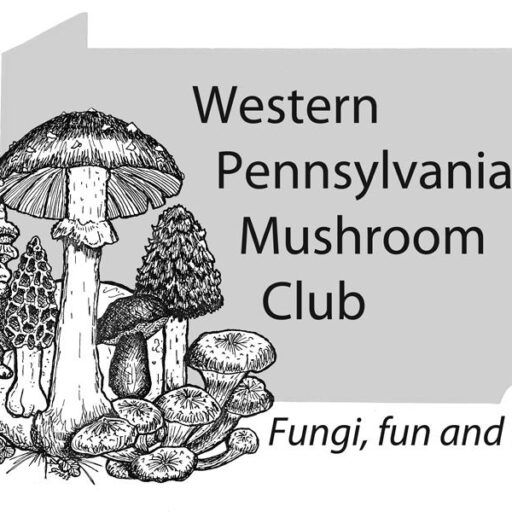
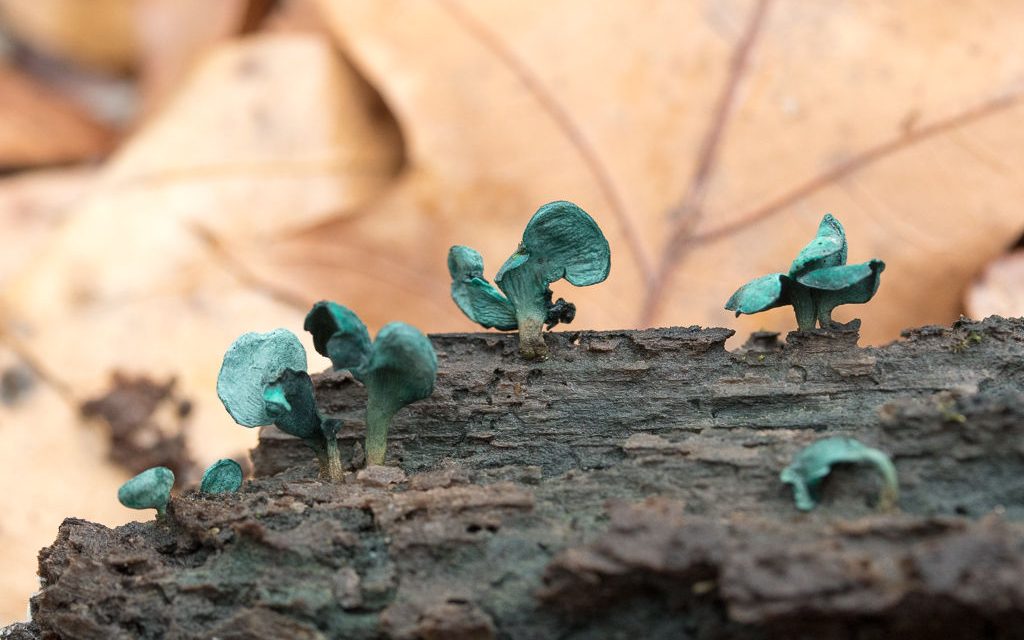





































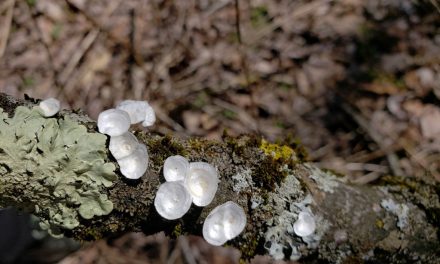
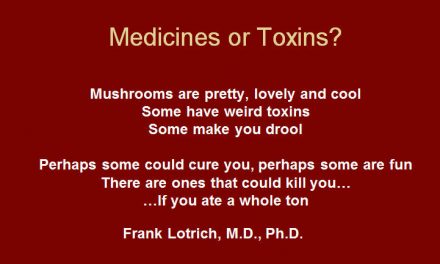
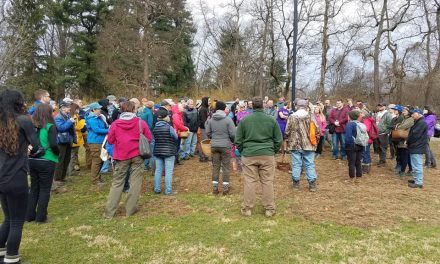


Clitocybe cokeri — nice! Glad to have a name on that one.